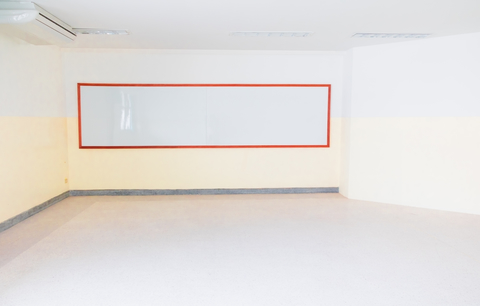We know that temporary buildings for education have been gaining significant popularity lately, especially in Europe and many other countries around the world. New learning institutions now want to achieve at least 50 percent of temporary structures within their compounds. For schools with boarding facilities, these are required to be permanent for increased safety of the students.
However, this does not mean that temporary buildings for education are not safe. The regulations that govern learning institutions have yet to come up with policies regulating them for boarding facilities. For schools that want to invest in modular classrooms and other education structures, there is a lot to understand on this topic. Read on to learn more.
Common Temporary Learning Structures
Classrooms – Modular classrooms are the most popular in learning institutions. They are popularly made of either wood, block boards, or steel and fabric materials. These classes can be extended by opening the boards that partition them so that they can accommodate more students.
Laboratories and research centers – Learning institutions, especially high schools, and colleges, usually do practical lessons or research that needs focus and concentration. Today, we have seen modular labs in schools that can be moved from one place to another. They are usually equipped well for the work.
School offices – As learning institutions expand, the need for more offices becomes apparent. The best option that schools have now is to construct temporary offices to accommodate the new teaching staff. If the school chooses the right materials, these offices can be used for many years to come.
Benefits of Temporary Building for Education
According to experts at Smart Space, a company that designs and creates high-quality and innovative temporary structures, a learning institution will enjoy numerous benefits by choosing temporary structures.
One of the biggest is saving on the cost of construction. When constructing temporary structures, the materials used are cheaper than when making a permanent structure. Reports show that schools can save up to 40 percent on materials and up to 30 percent on labor.
Not only do they save on materials, but on time and labor costs as well. Most modular structures for education can be completed within a week after making an order if the site does not require a lot of preparation. Schools with busy learning schedules will enjoy this benefit when there is an urgent need for classrooms. If better plans are made, the parts of these structures can be prepared in another location by the company and then assembled over a few days, which adds to another benefit of convenience. Students require a quiet environment and a construction option with very minimal disturbance is the most preferred.
The last benefit is that temporary structures for learning are usually flexible. The fact that they are portable and can be moved from one location to another makes them a better option for schools.
Conclusion
As we wind up this topic, it is good to mention that temporary structures for education are likely to dominate many schools in the future. They are sustainable in many ways. Some of them have been mentioned above. Look at them as options that can be upgraded using the current technology to improve the learning environment and save on energy. These structures are the best for these reasons.
For more great content about education, check out the other blogs on College Basics.







